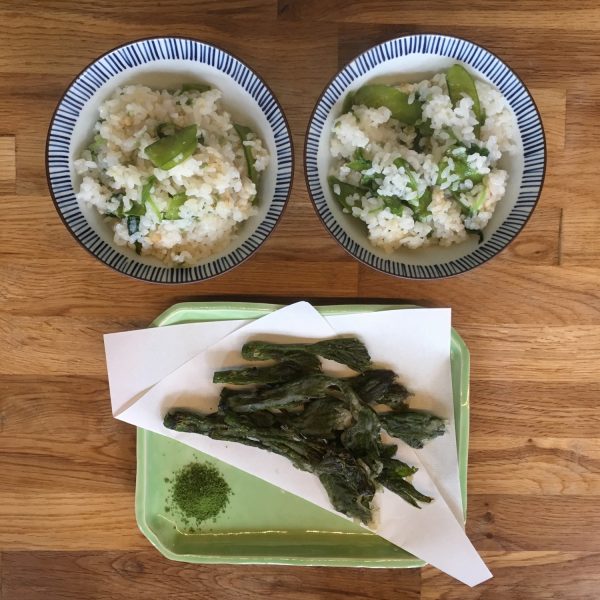I could have started a “fava beans week” and write everyday a new recipe using them, whether Japanese, Italian or French… but I was alone these days, A. traveling again for work, and my work is kind of busy… a lot of things have suddenly started to move forward since February, after months if not years waiting for that… yet everything decided to move at the same time so my hands are more than full… but I cannot complain too much, can I? So the fave beans week ended up being nothing… sorry for that, but you can check my past recipes here and here.
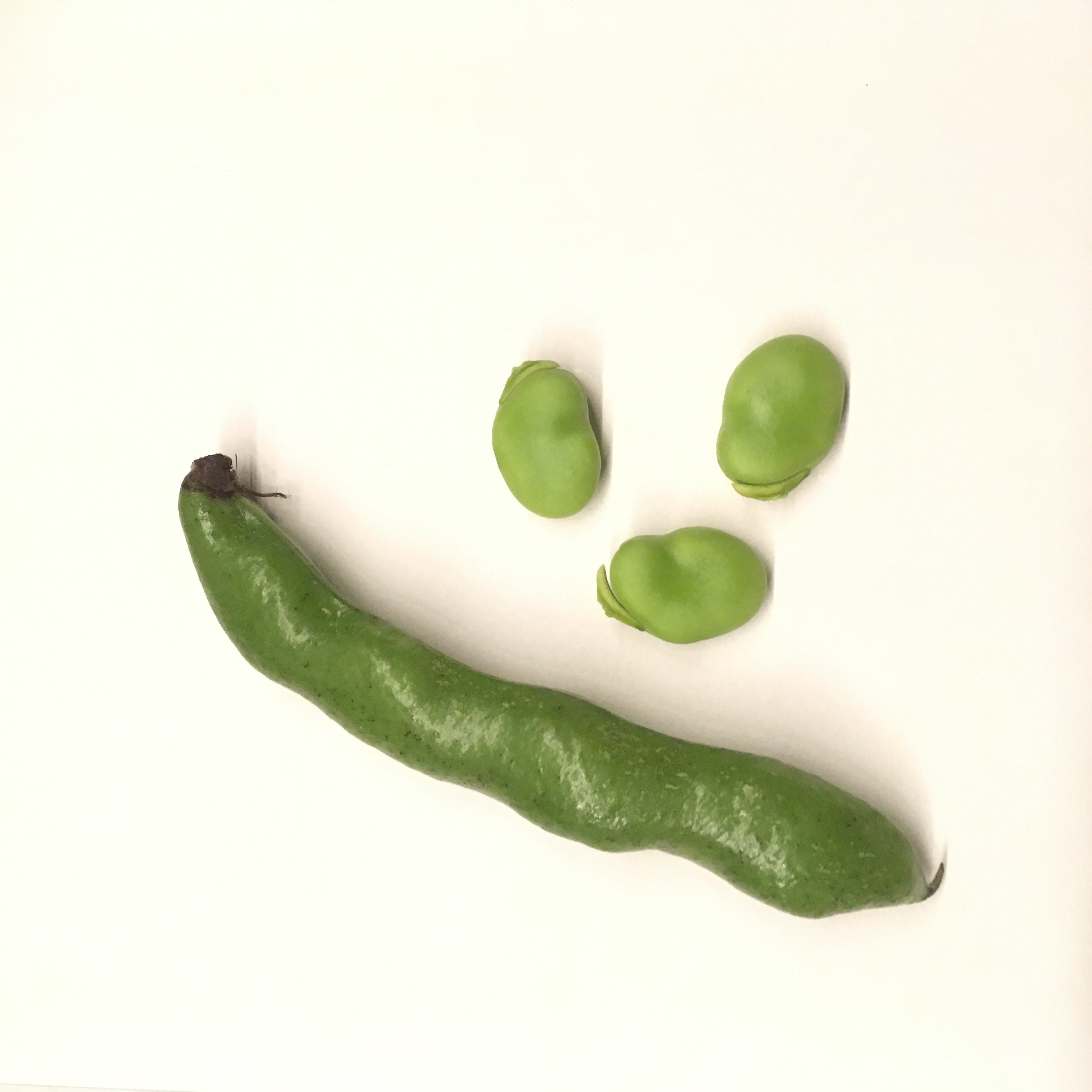
But while work keeps me busy, it doesn’t prevent for my mind to wander and invent new recipes. And this recipe is something that I have thought about for quite a bit now. I first thought about ravioli, but guessed it would be too common, and reminding myself (1) how much we love gyoza; (2) how delicious the butternut gyoza I made were; (3) how easy it is to make, I could only try.
Let me share with you this delicious recipe!
Fava beans gyoza (makes about 16 pieces)
For the gyoza dough:
– 50g of bread flour
– 50g of pastry flour
– a pinch of salt
– 50cl of tepid water
For the filling:
– 20 pods of large fava beans
– salt and pepper
For the dressing:
– 20 sansho leaves (kinome) or a small piece of fresh ginger
– 2tsp of soya sauce
– 3tsp of olive oil
Prepare the dough by mixing the ingredients. Make a ball and leave to rest for 30min.
In the meantime boil the fava beans and peel them. Crush them and add salt and pepper.
Chop finely the kinome leaves (or the ginger if you use ginger). In a small bowl mix with the soya sauce and the olive oil.
Now 30min should have passed. Make a stick with the dough and cut in 16 equal parts. Make 16 small balls, and roll them in a 1mm thick round of dough.
I each round set a tsp of the crushed fava beans and close the gyoza with a bit of water on each side of the dough.
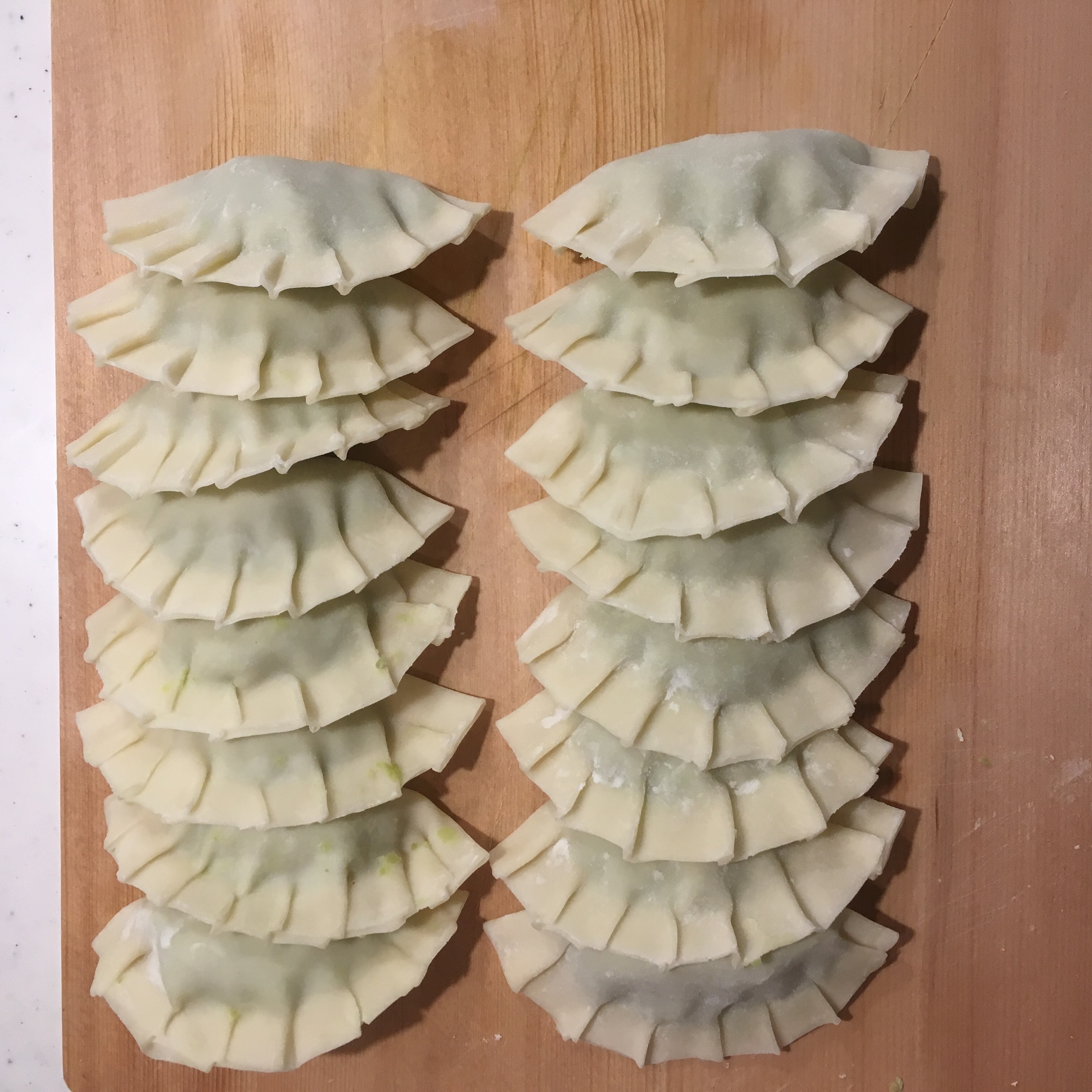
In a large greased frypan, add about 5mm of water and cook at high heat the gyoza. When the water is gone reduce a bit the heat and then flip the gyoza.
Serve with the dressing in a side bowl to dip them in. Enjoy!!
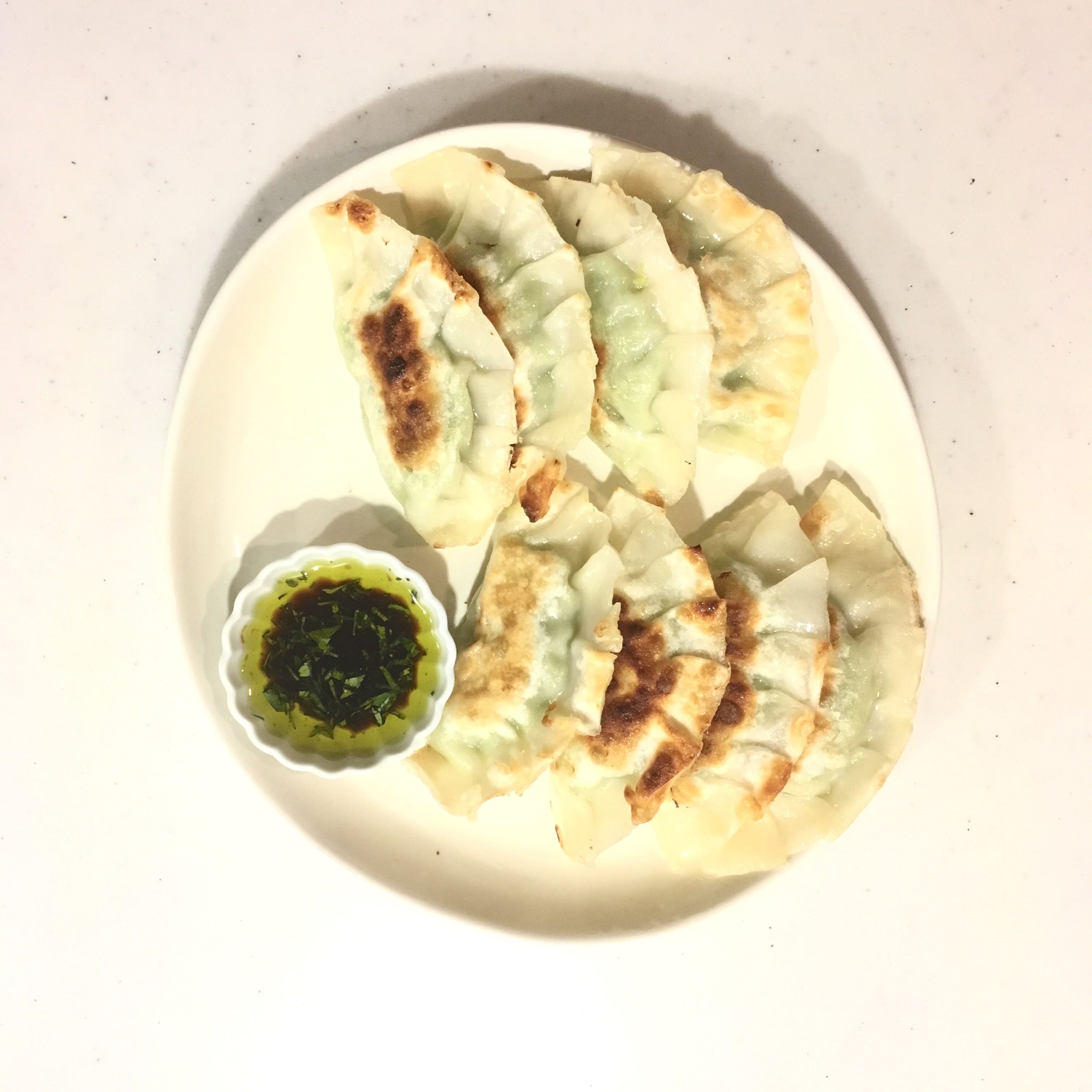
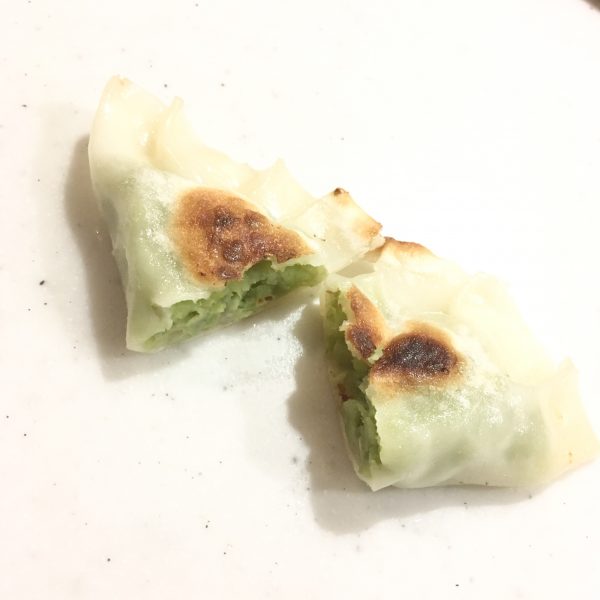
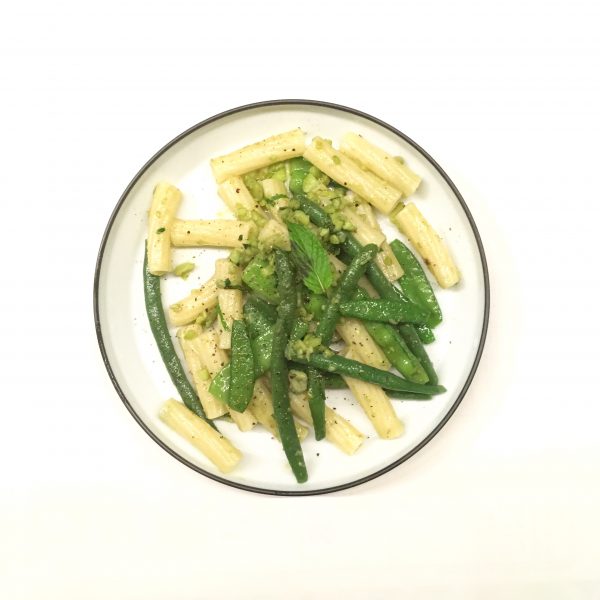
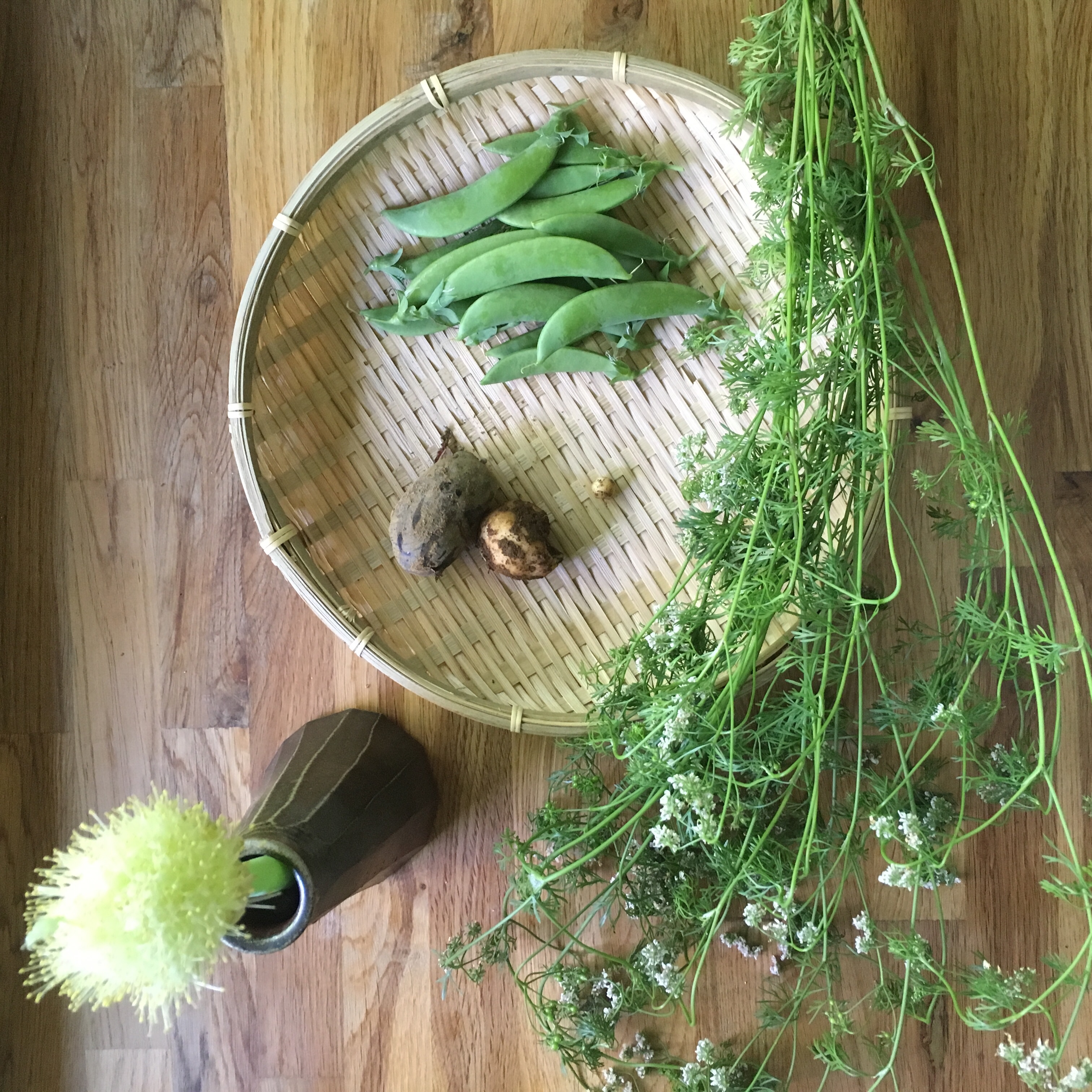
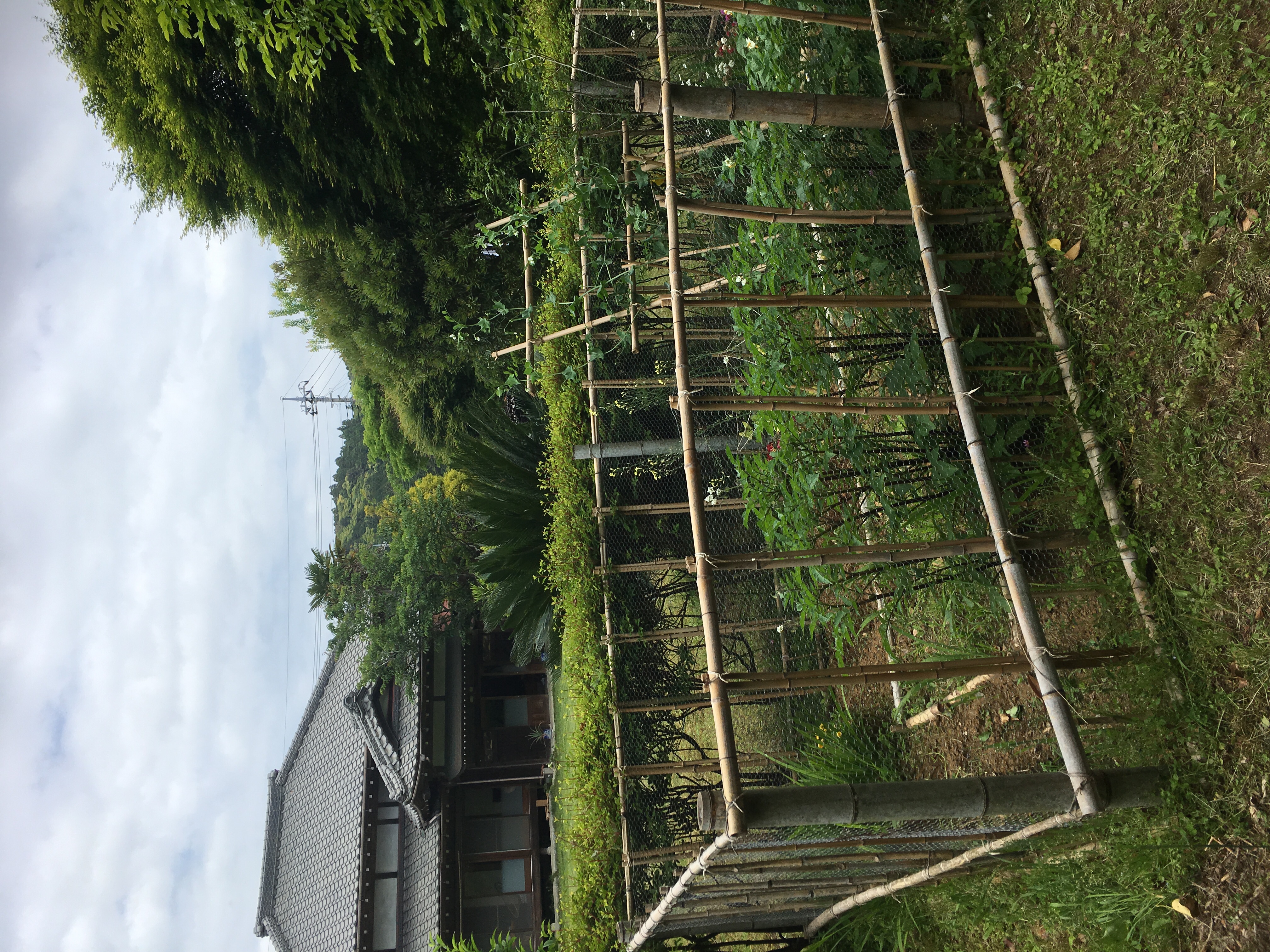
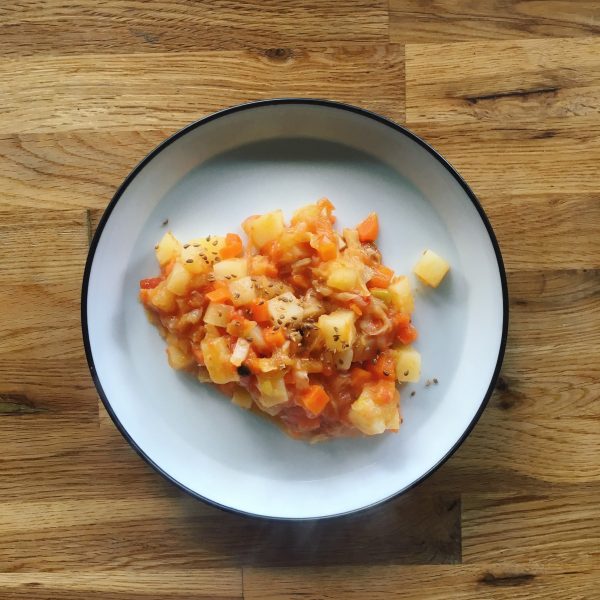
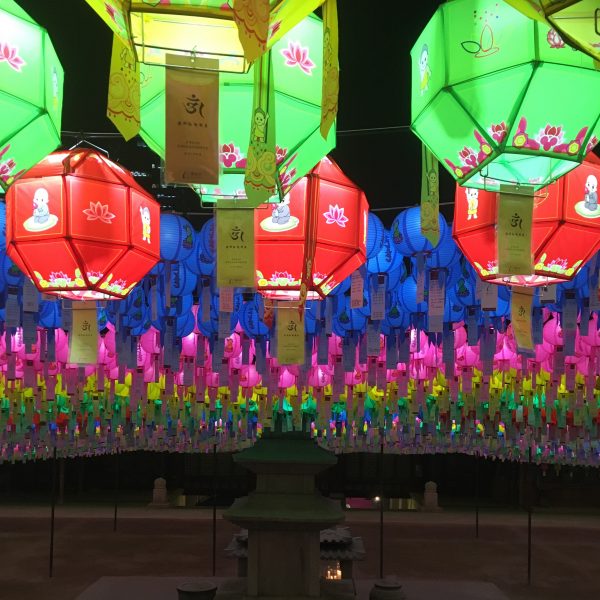
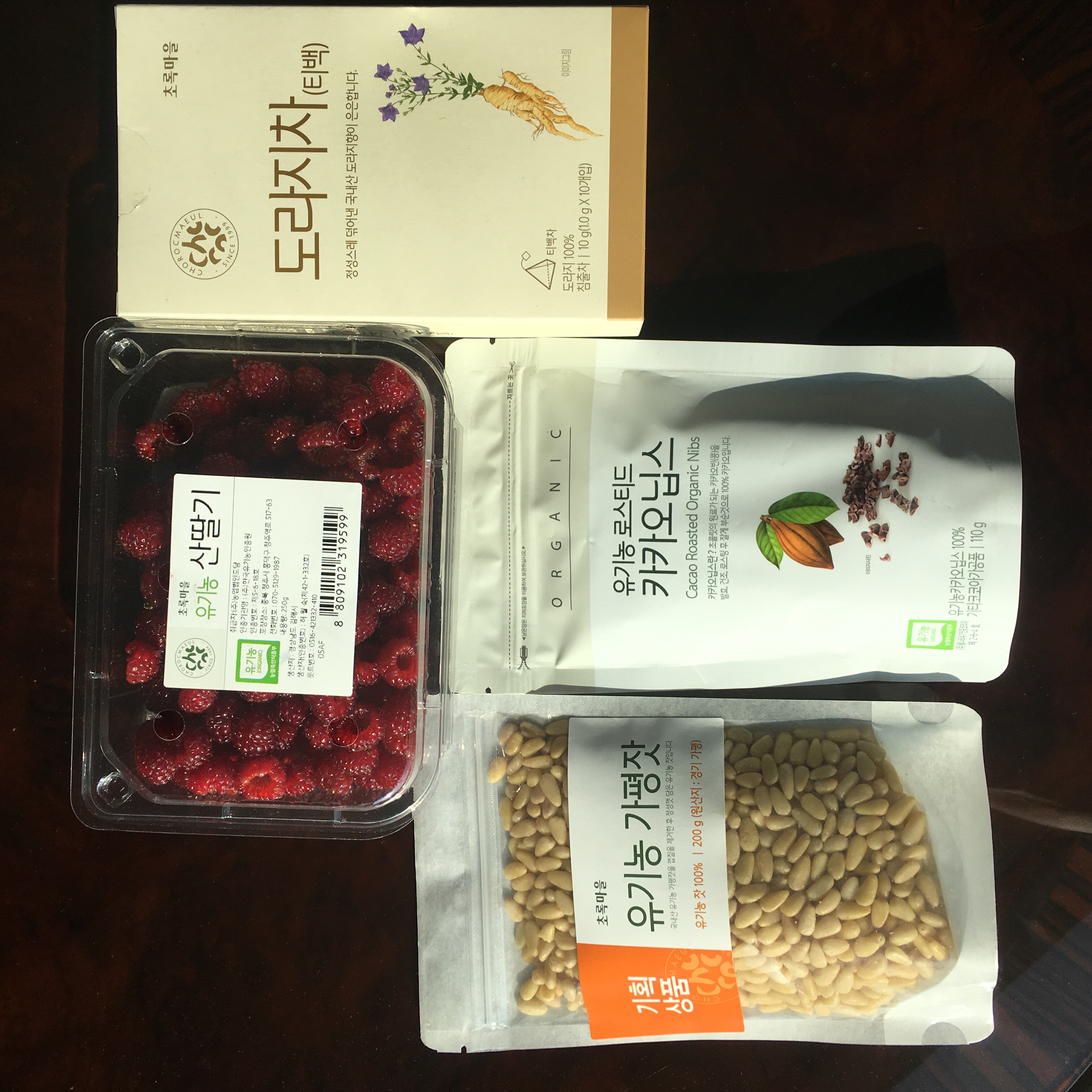
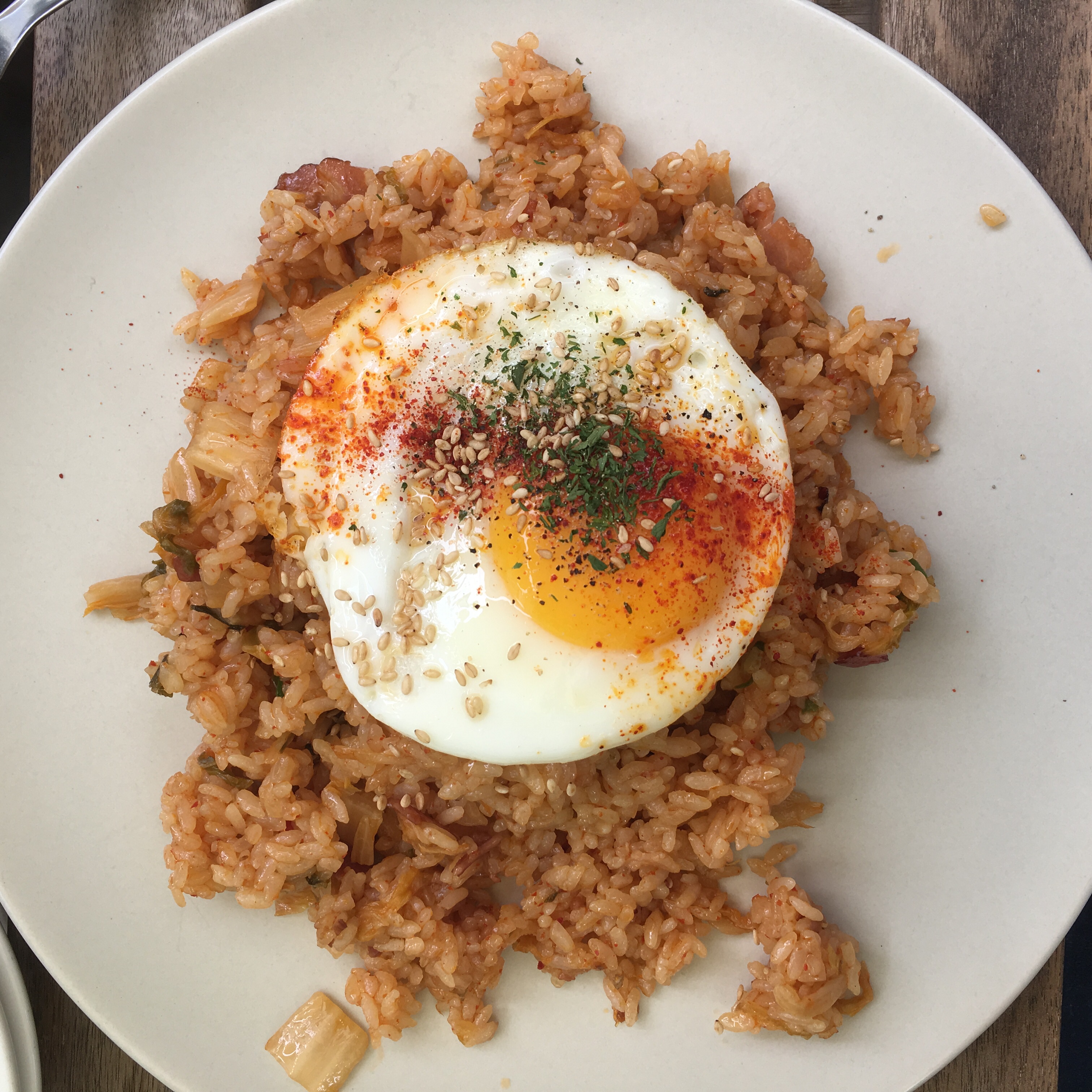

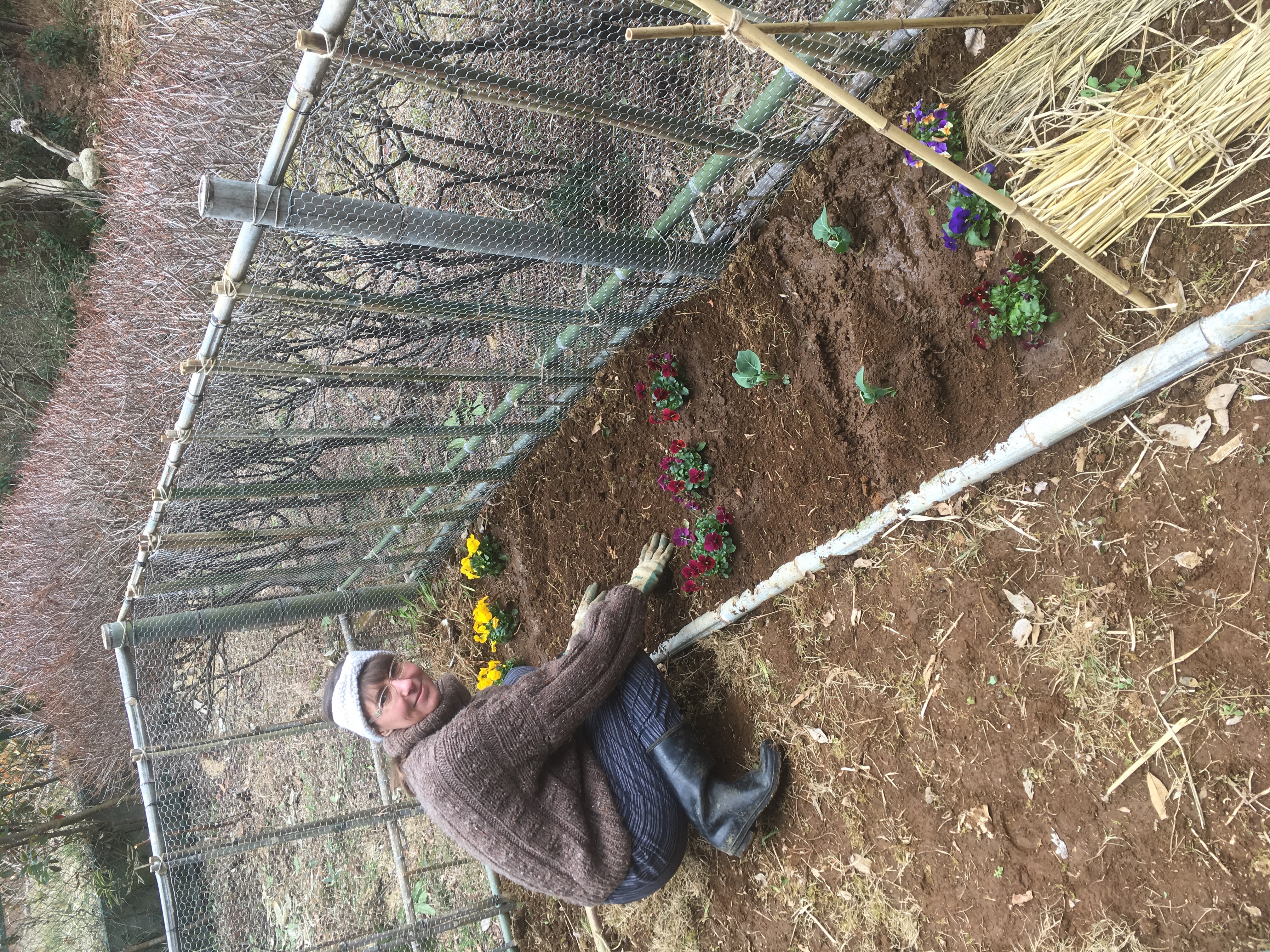



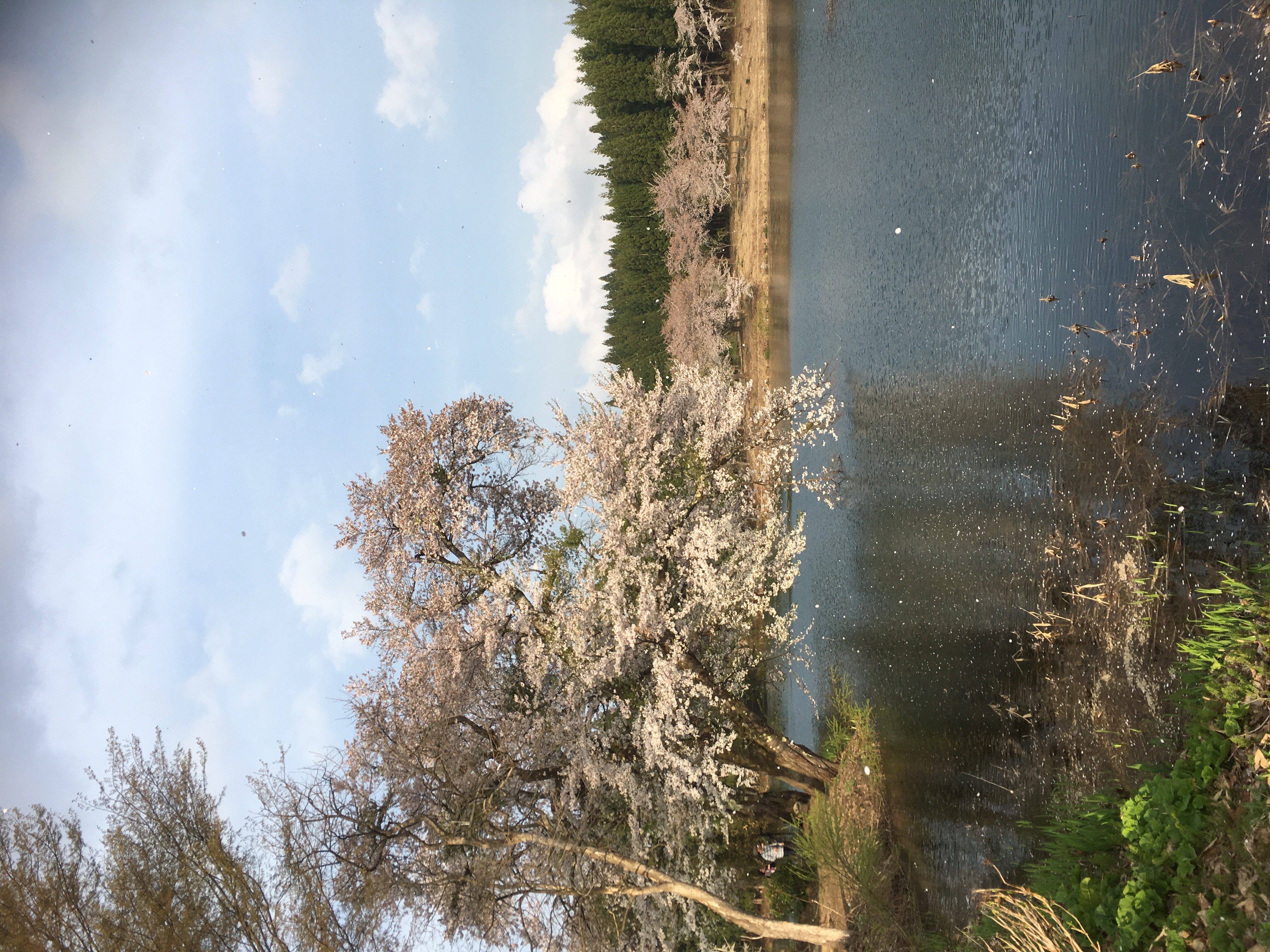
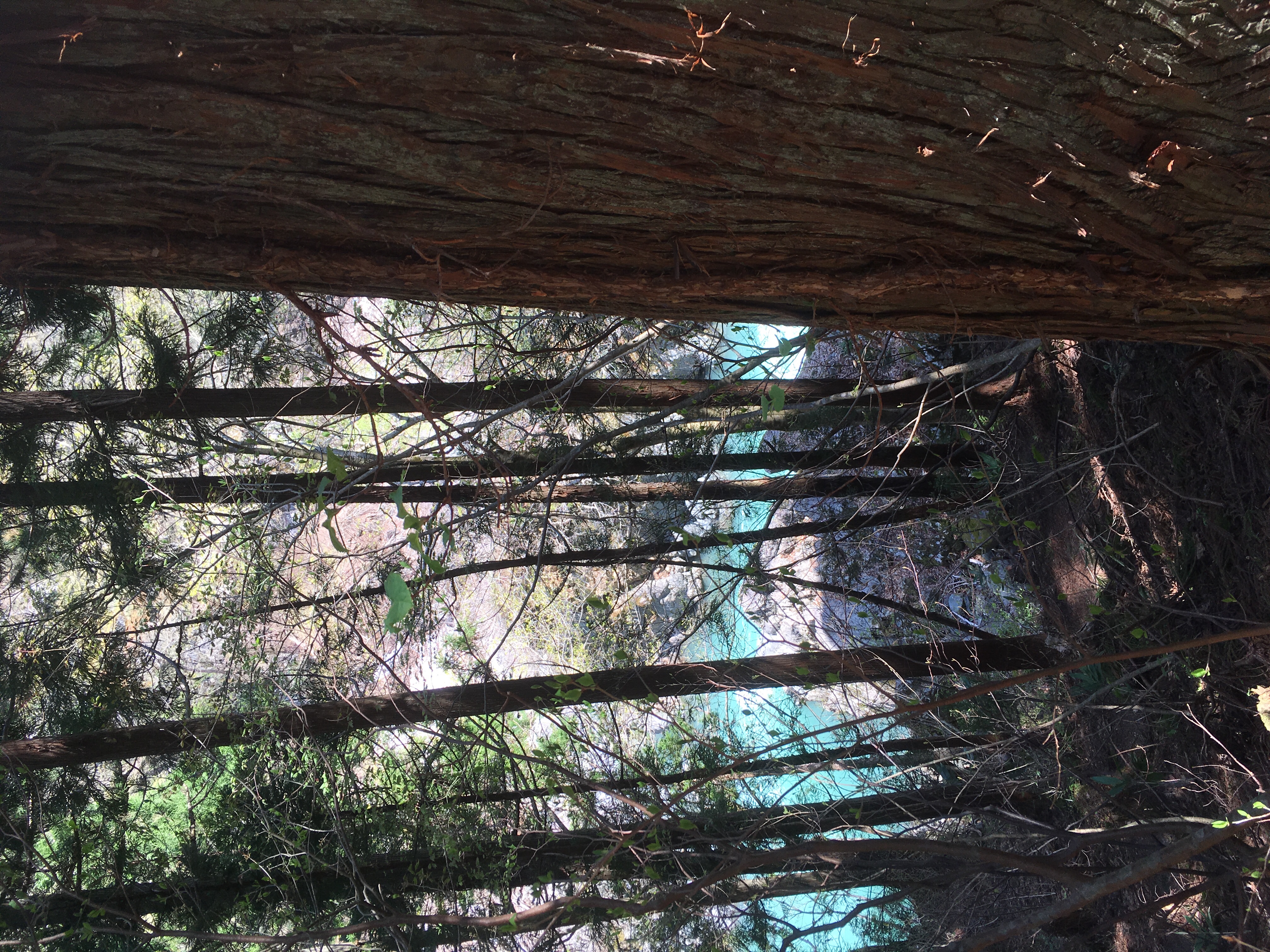
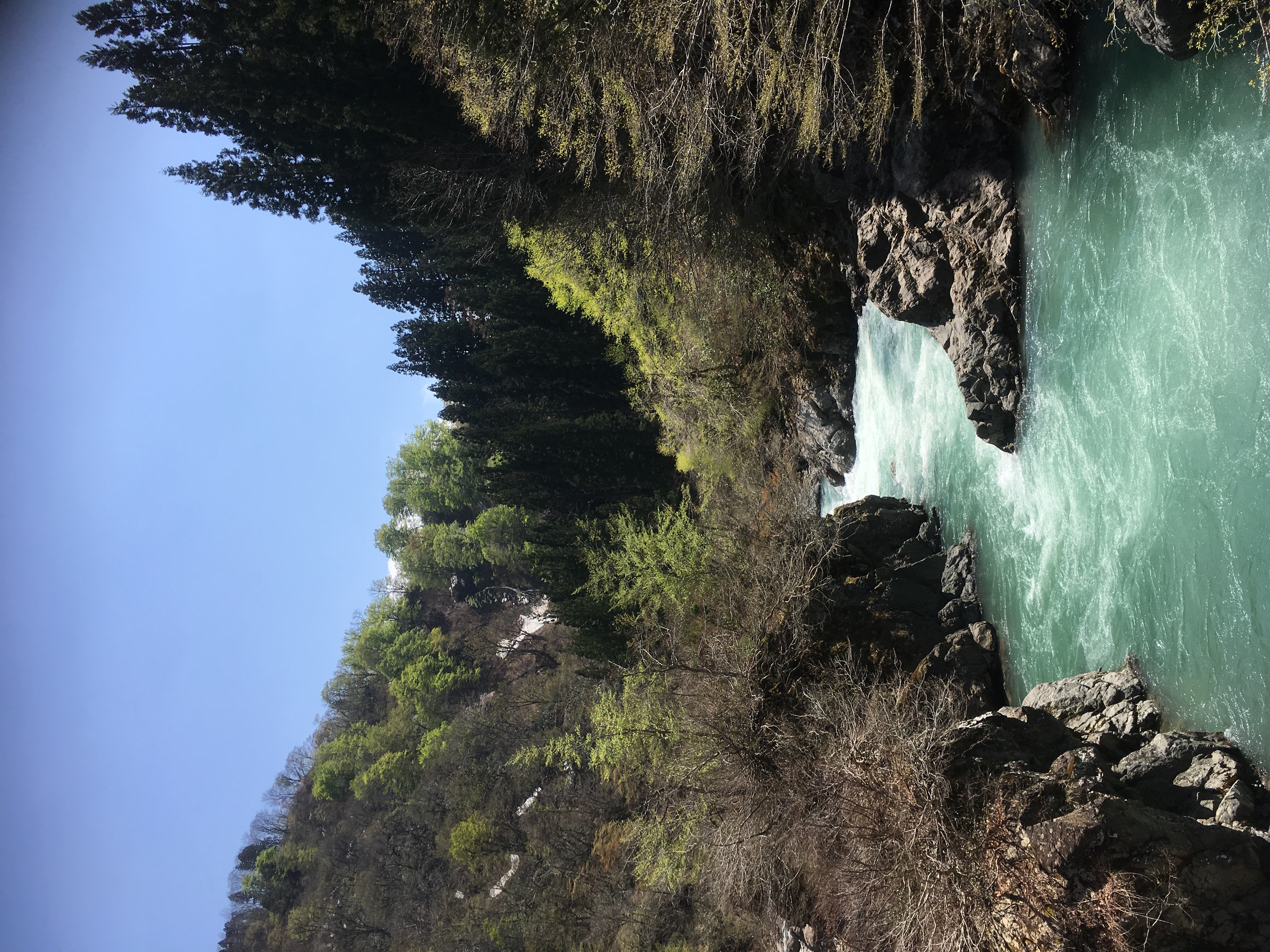

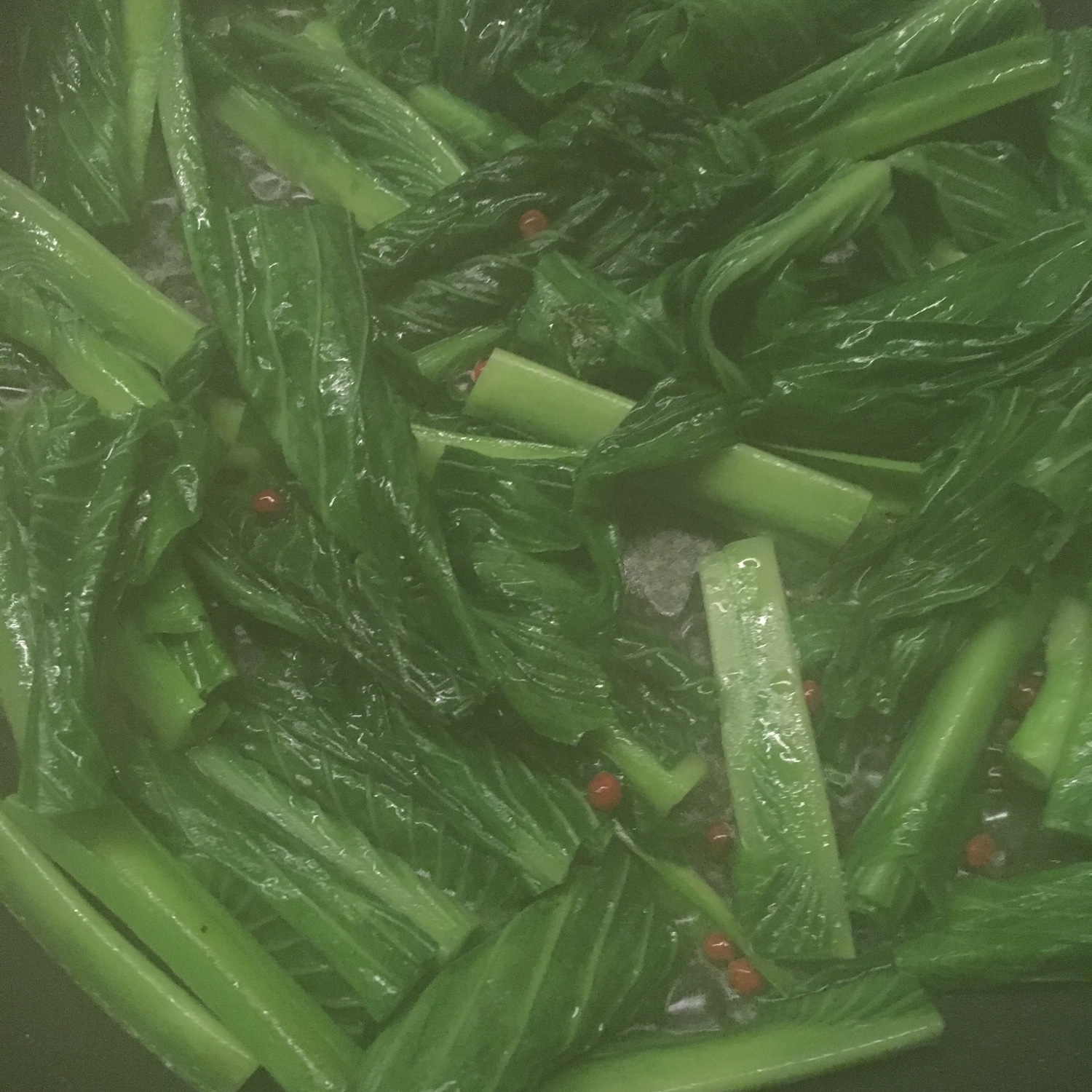
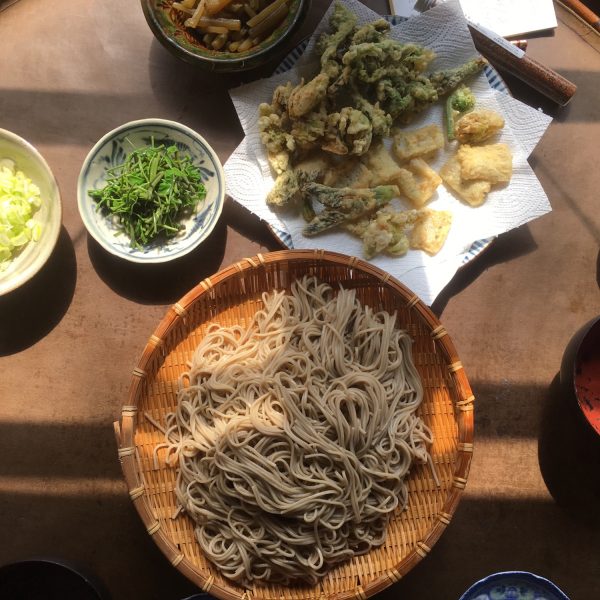
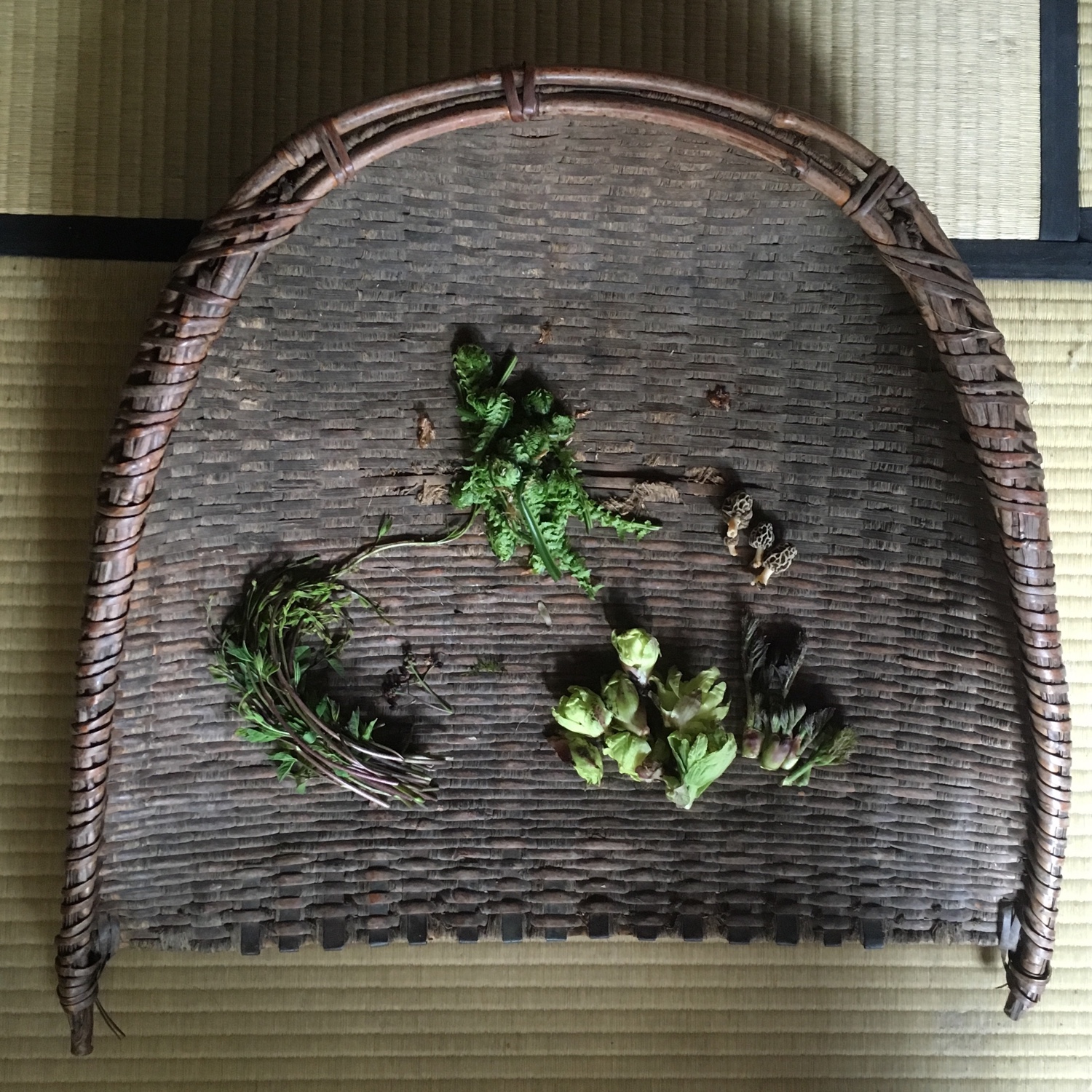
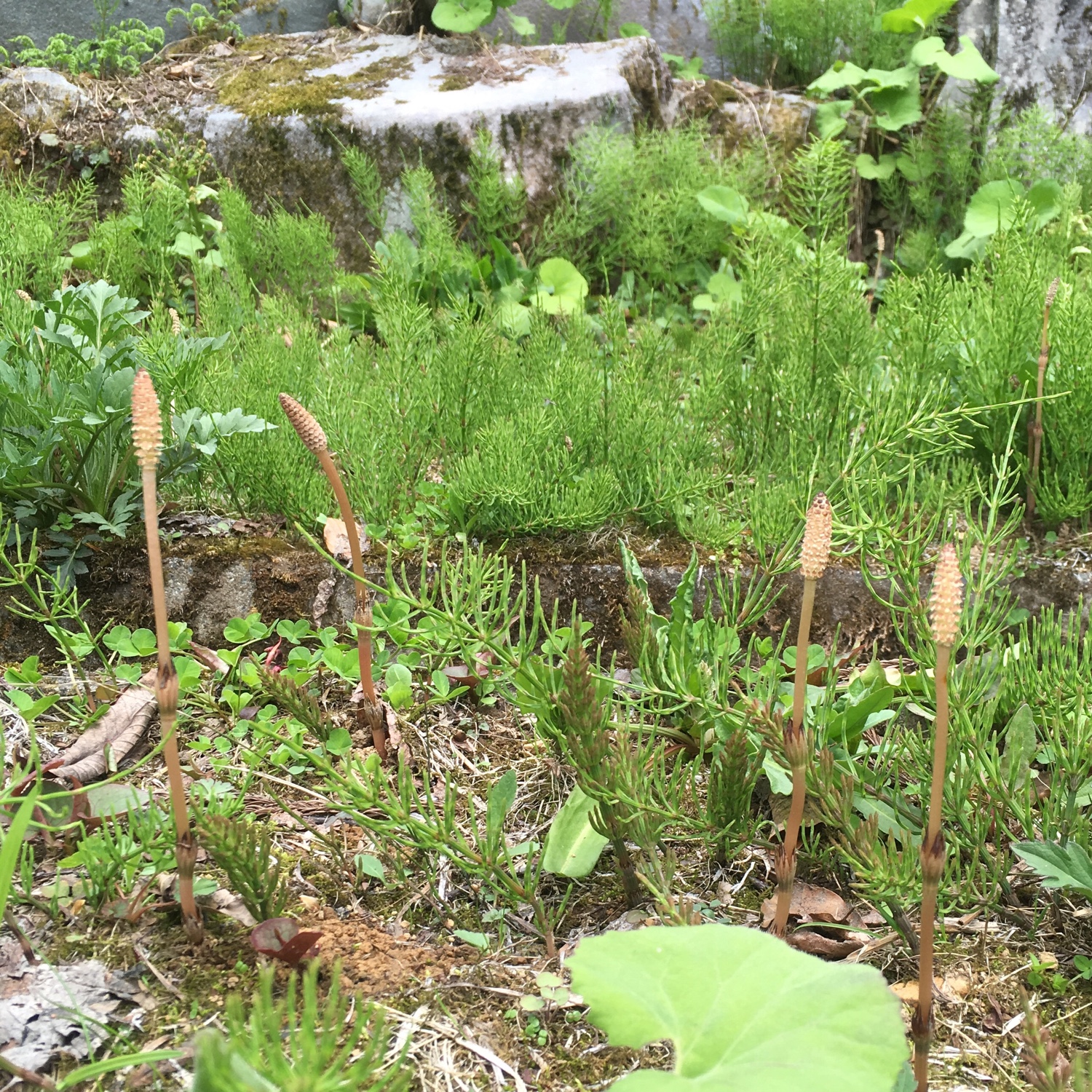 This little white flower can be easily found everywhere. Always take those that have no pollen. For preparation see
This little white flower can be easily found everywhere. Always take those that have no pollen. For preparation see  They are easy to spot, easy to pick and super easy to cook. I find them as easy to prepare than wild asparagus: in omelets, with pasta… they are really the simplest of the sansai and the more accessible in terms of flavor and texture.
They are easy to spot, easy to pick and super easy to cook. I find them as easy to prepare than wild asparagus: in omelets, with pasta… they are really the simplest of the sansai and the more accessible in terms of flavor and texture.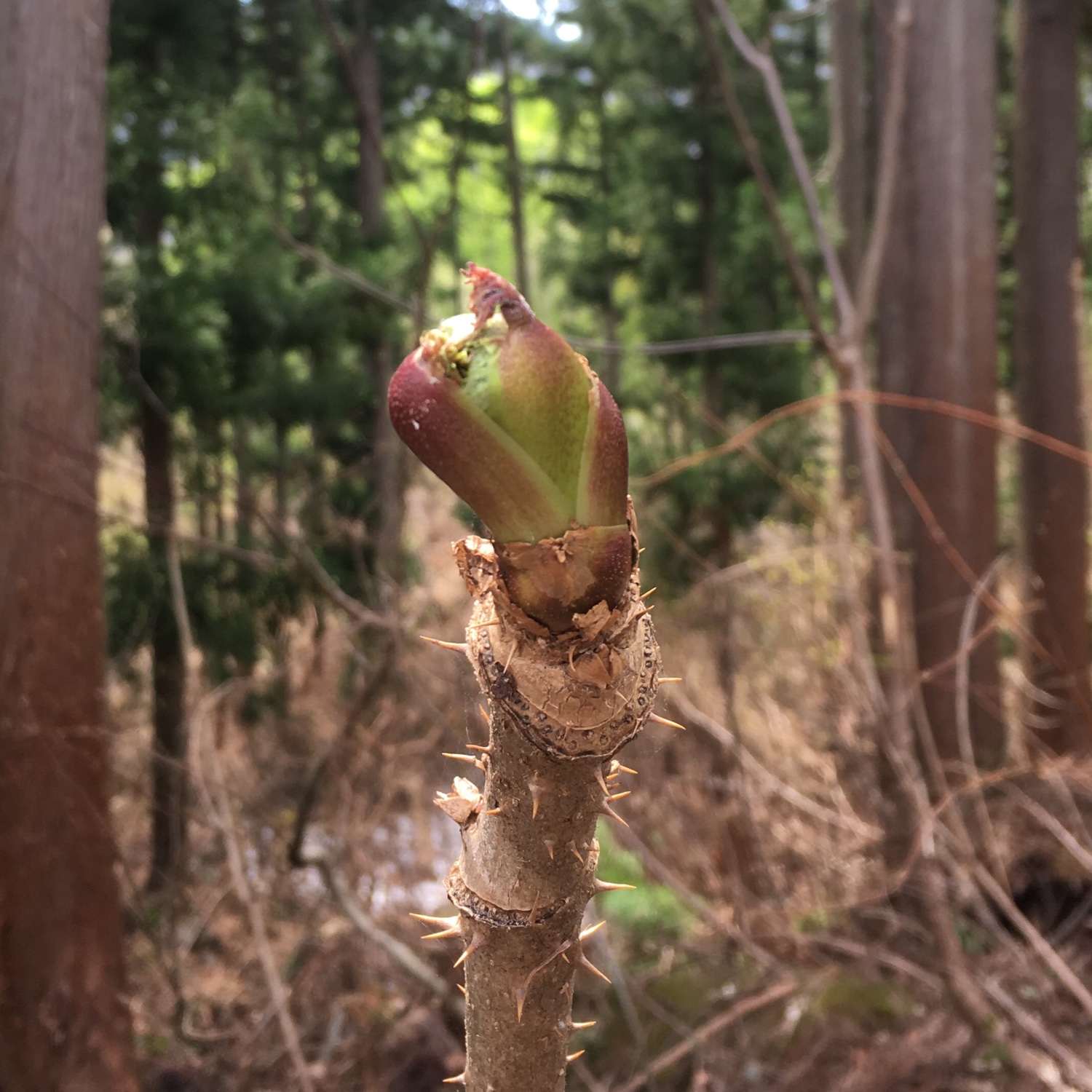 They grow at the head of wood sticks. The one in the picture is a little young and they need to have a few leaves out. These ones are really delicious in tempura and require little handling.
They grow at the head of wood sticks. The one in the picture is a little young and they need to have a few leaves out. These ones are really delicious in tempura and require little handling.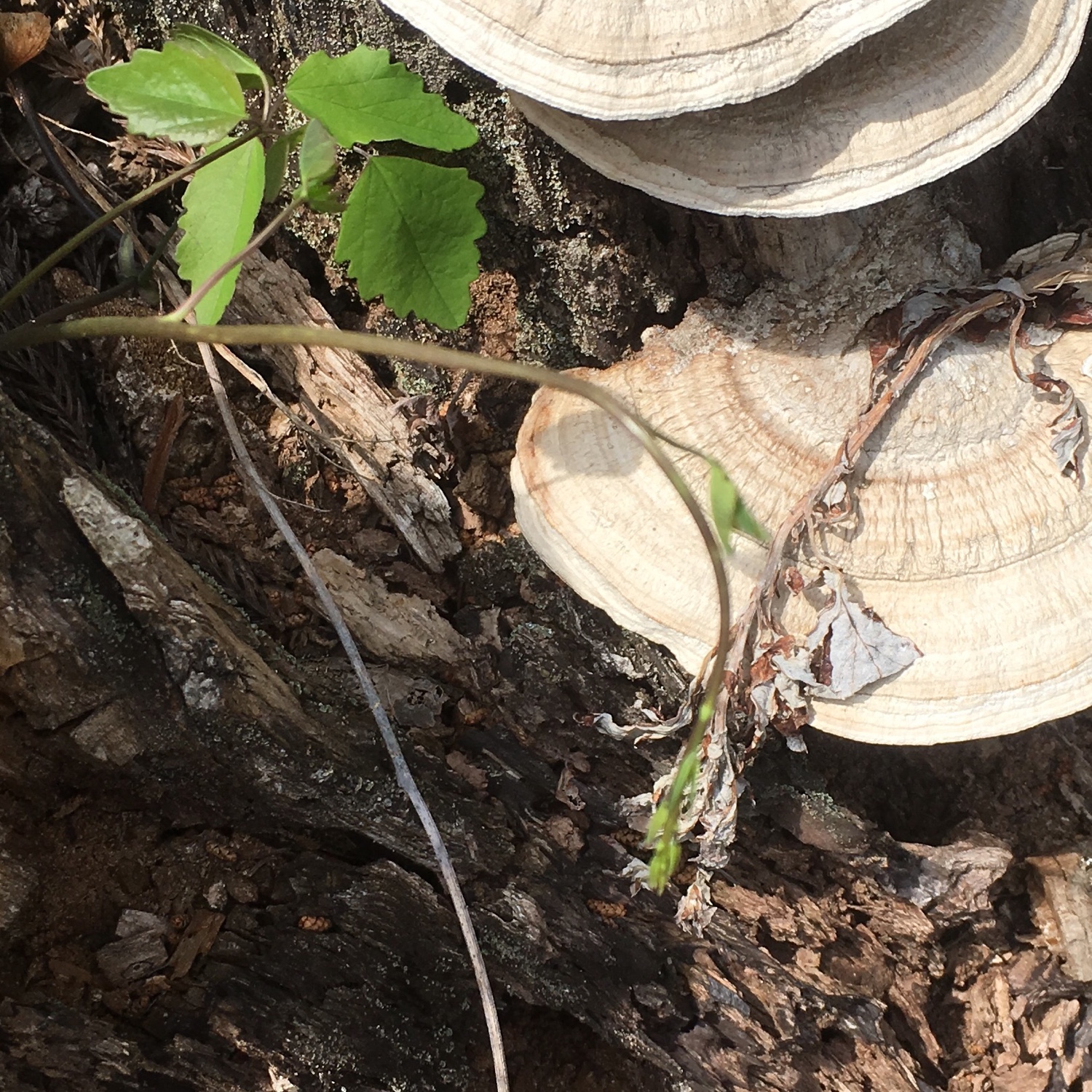 This little green sprout that grows in the midst of other trees sprouting is the hardest to find, but once you’ve spotted a tree, easily recognized by its leaves, it is easy to find the sprouts. Washed and eaten raw, or cook, it is fresh and crunchy.
This little green sprout that grows in the midst of other trees sprouting is the hardest to find, but once you’ve spotted a tree, easily recognized by its leaves, it is easy to find the sprouts. Washed and eaten raw, or cook, it is fresh and crunchy. In the mountain fukinoto grow right after a patch of snow has melted. So spot a patch of snow, and look at the edges. They are best when just sprouting. They can be as big as a ping pong ball. There taste is very strong and specific. Probably the most difficult to accommodate and cook of all. See
In the mountain fukinoto grow right after a patch of snow has melted. So spot a patch of snow, and look at the edges. They are best when just sprouting. They can be as big as a ping pong ball. There taste is very strong and specific. Probably the most difficult to accommodate and cook of all. See 
